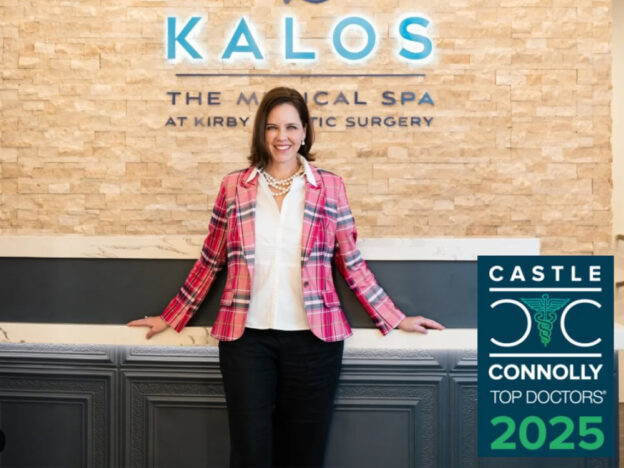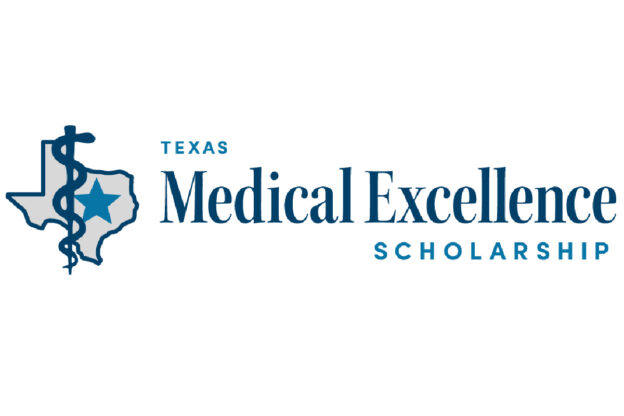Dr. Emily J. Kirby Touts Traditional Liposuction for Lasting Spot Fat Reduction
While other technologies offer potential, Ft. Worth plastic surgeon says liposuction surgery remains the gold standard treatment
Fort Worth, Texas, January 16, 2013—Despite a number of recent innovations in focused fat reduction, liposuction surgery is still the most effective procedure to treat stubborn areas of fat deposits, says Ft. Worth plastic surgeon Emily J. Kirby, MD. Traditional liposuction surgery, also known as lipoplasty or lipectomy, sculpts the body by removing localized fat deposits that do not respond to diet or exercise.
“Liposuction is a classic case where ‘new’ is not necessarily ‘better’ in terms of technology and surgical techniques. The more we learn about fat removal, the more we believe that good old-fashioned liposuction surgery is the way to go,” says Dr. Kirby.
Liposuction Offers Proven Results
Liposuction is popular partly because of its versatility is treating different areas of the body; it was the top surgical cosmetic procedure performed in the U. S. in 2011, according to the American Society for Aesthetic Plastic Surgery (ASAPS). While it is commonly used to treat typical problem areas for men and women such as the abdomen, thighs, hips, arms, knees, and neck, it can also be utilized on the back, chest, chin, cheeks, and ankles. Liposuction can enhance the results of other surgical procedures, such as a facelift, neck lift, tummy tuck (abdominoplasty), or breast reduction.
There are now several variations of liposuction surgery. Two techniques produce proven results for a wide range of applications: power-assisted liposuction (PAL) and traditional suction-assisted liposuction (SAL). With either method, an infusion of medicated saline solution is infiltrated into the treatment area and small incisions (roughly the size of a pea) are made into the fat layer. A cannula, or small hollow tube, is inserted through the incisions and manipulated to break up fat, which is suctioned out. A motorized, vibrating cannula is used in PAL, which distinguishes it from SAL, wherein the surgeon manually operates the cannula. PAL is more efficient in fat removal, leading to reduced operative times and ultimately reduced cost. It is Dr. Kirby’s technique of choice.
Alternative methods of liposuction surgery include ultrasound- and laser-assisted techniques. Ultrasound-assisted liposuction (UAL) has proven to be a reliable method of addressing fat deposits in fibrous areas, such as the back or the male breast. It requires precise plastic surgery training and has a higher potential for complications. Compared to PAL and SAL, UAL requires slightly larger skin incisions and may ultimately cost more due to longer operating times. Laser-assisted techniques have not proven as favorable as once imagined. Studies have shown no convincing benefit to using laser-assisted liposuction techniques over other, safer techniques such as PAL and SAL.
Can New Technologies Rival the Success of Traditional Liposuction?
Liposuction permanently removes fat cells as it re-shapes the body. Some new, noninvasive technologies vow spot fat reduction without surgery. Most of these treatments require repeated applications and offer significantly less dramatic changes in contour than liposuction surgery, often for a similar total price. Some of these new technologies admit there is a chance that a person’s body may be unresponsive to treatment and suggest pairing it with diet and exercise for optimal results. Recent studies suggest no benefit to noninvasive fat reduction over traditional liposuction surgery. Some of the new noninvasive treatments include: Coolsculpting, Liposonix, Zerona, i-Lipo, and Exilis. While popular, these newer technologies have yet to establish the decades of success that liposuction has demonstrated.
No Matter the Technology, Choose an Experienced Provider
While there are many types of liposuction surgery available, choosing an experienced plastic surgeon to perform the procedure is still vitally important. A plastic surgeon has many years of training and experience that provide a safe environment for surgery. A consultation with a plastic surgeon can help identify the appropriate procedure to address each patient’s individual aesthetic goals.
About Kirby Plastic Surgery: Dr. Emily J. Kirby is a fully trained aesthetic and reconstructive plastic surgeon. Contact her at (817) 292-4200 or kirbyplasticsurgery.com.
Media Contact: Randol Kirby, (817) 292-4200.


